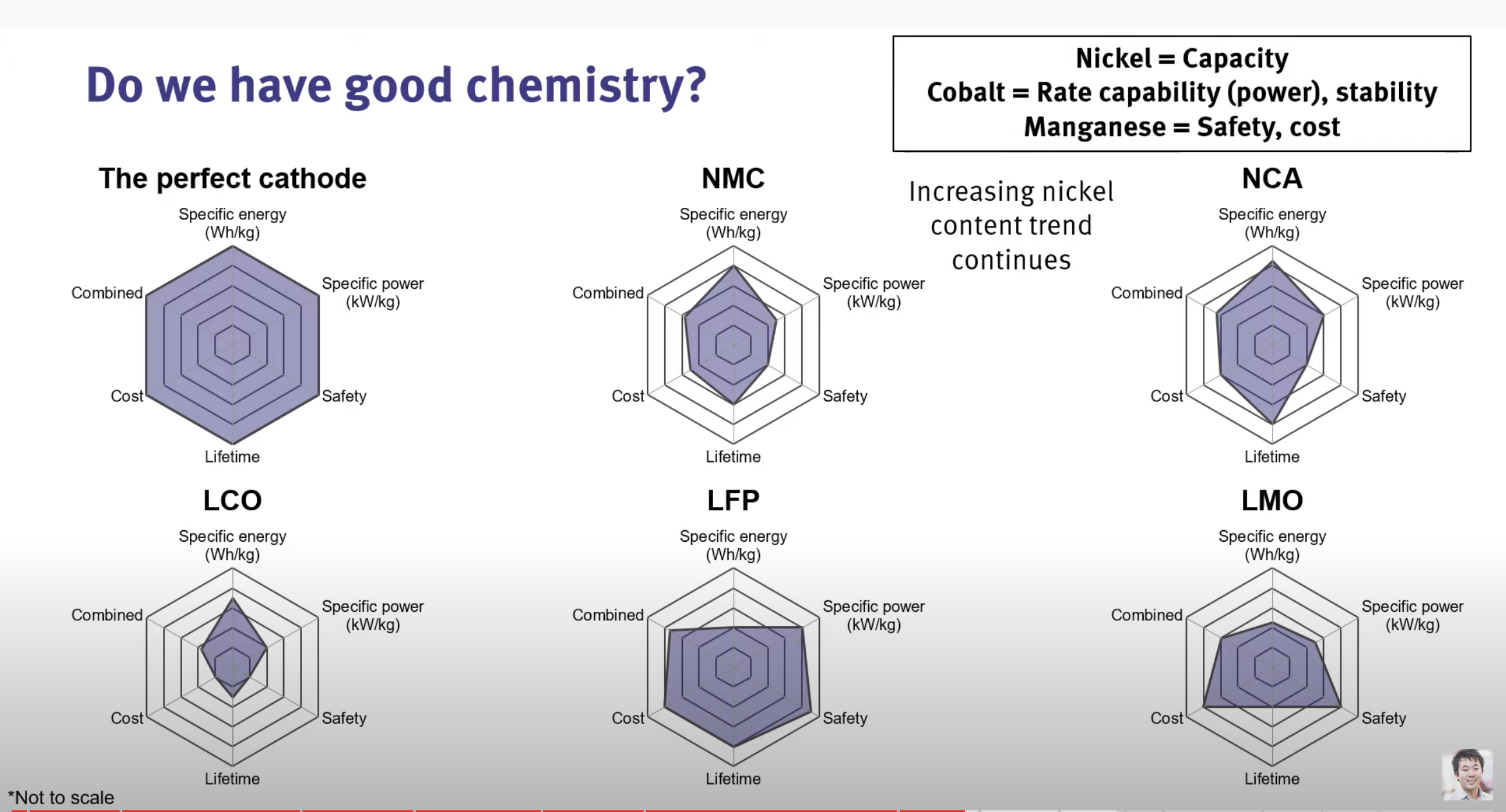If you are reading this, there is a good chance that a battery powered electronic device is in your immediate vicinity. Today, 2022, the battery in that device is most likely to be some type of Lithium-ion based battery. The designer of the device has included a battery management system (BMS). A well designed BMS monitors, senses and sometimes "reports" to the user, many conditions regarding the operation of the battery in the device. Part of a BMS's electronics is a battery protection circuit (BPC). A BPC can also be a standalone device that is added to each battery to manage the charging and discharging of the battery so that the battery is not charged above a specific voltage and not discharged below a specific voltage and does not enter a thermal runaway condition. For millions of electronic devices, powered with Lithium-ion based batteries with BMSs, the failure rate to thermal runaway is extremely small. While incidences of Lithium-ion based battery failure are somewhat rare, compared to the millions of batteries in use, there are a lot of causes for Lithium-ion based battery failure, but many of the failures have to do with the manufacturing process, physical abuse and misuse by the end user. Using these types of batteries in "high drain" applications, for portable power, presents a whole different set of "issues" to overcome. I have a Lithium-ion based battery powered line trimmer and snow blower in my garage and quite a few electrically powered RC airplanes that, today, also use Lithium-ion based batteries. All of these are "power hungry" and deplete the stored power in the battery pack very quickly, requiring high wattage output, compared to electronically powered devices such as laptops, tablets and cell phones. The line trimmer and snow blower are consumer devices that have BMS systems built into the battery pack and/or possibly the chargers designed for them. The battery packs for the electrically powered airplanes have no BMS or BPC built into the packs or batteries. The vast majority of my electrically powered model airplanes use Lithium Iron Phosphate batteries (LiFePO4) made into battery packs. The use of these packs is NOT typical to mainstream electrically powered RC modelers of planes, boats and land vehicles. They mostly use unprotected Lithium Polymer pouch (Li-Po or LiPoly) batteries. I choose to use LiFePO4 packs (A123 batteries now under the brand name of Lithium Werkz) because, of their very flat voltage discharge curve and fact that they are considered to be one of safest Li-ions with no BPM or BPC. Unfortunately A123/Lithium Werkz batteries do not come in a size that is useful in HO, as the physically smallest A123/Lithium Werkz battery is an 18650 size with an 1100mAh capacity rating. Today, there is really not a practical, affordable Lithium-ion base battery type that is safer than LiFePO4. To keep things simple and safe for Dead Railing, I wanted to use a battery that was safer than a Lithium Cobalt Oxide (LCO) type Li-ion battery in a cylinder or a pouch. Through some research, I found a Lithium-ion based battery that I was not familiar with. It is known as a Lithium Manganese Oxide (LMO) Lithium Manganese Oxide. Battery University has notes about the LMO (LiMn2O4) battery here. More on LMO batteries is found here; "...IMR batteries are inherently safer to use than their Lithium Ion counterparts that require a protection circuit because the LiMn2O4 used in our battery cathodes significantly lowers the possibility of overcharging." and "IMR batteries typically have a lower capacity (mAh) than Lithium Ion (LiCoO2) batteries due to possessing a lower crystalline density." There are trade-offs for everything. A variation of an IMR is known as the INR (LiNiMnCoO2), which also appears to be called a Nickel Manganese Cobalt (NMC). Battery University also has information on this chemistry. What Is An IMR Battery? Power & Safety With Chemistry
Lithium Manganese Oxide (LMO) Type Li ion battery
"NMC" A Lithium ion type, E.V battery" A really good, but probably overly informative video for our purposes, is "Battery basics - An introduction to the science of lithium-ion batteries"; by Billy Wu.  The graphic is explained in the noted video and demonstrates why IMR (LMO), INR (NMC) and IFR (LFP) batteries have been chosen to power HO scale Dead Rail/Battery on Board locomotives in this article. Based on all of the available information, MY choice is to go with four Lithium Iron Phosphate, LiFePO4, IFR 10440 size batteries to power the LocoFi™ system and locomotive. |